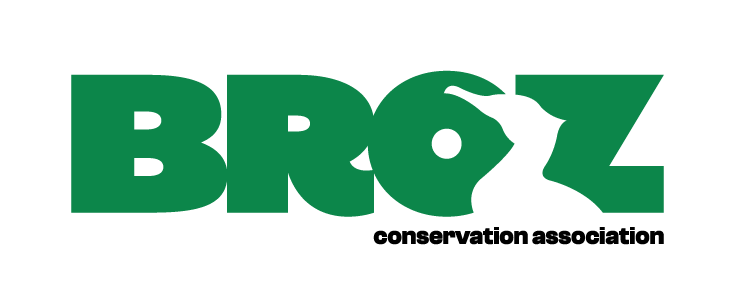In September 2022, the first Microtus II study tour, previously postponed due to the pandemic was finally organized. Together with our stakeholders, we explored the wetlands of Balaton-felvidéki National Park in Hungary. Around Lake Balaton, one can find valuable wetlands for wildlife. The reason behind visiting this area was that the endemic subspecies Microtus oeconomus mehelyi, which habitats the project Microtus II is focusing on, lives at various localities around Lake Balaton and Kis-Balaton. There are extensive sedge-reed plots in the area that form crucial habitat for the species.
The group was led by the knowledgeable representatives of the Balaton-felvidéki National Park Directorate – György Rozner, Péter Szinai, Hajnalka Kovács, Marianna Miklós and Erzsébet Sitku. The Microtus II team is beyond grateful to have such superb guides! We discussed the management of Balaton wetlands and challenges the representatives are facing while focusing on nature conservation. There is a substantial difference between the two countries’ Pannonian root vole habitats regarding the dependence on the water management. The water regime of the wetlands located in south Slovakia depends on the demand of water for irrigation of agricultural land as well as of electricity production in waterpower plant of Gabčíkovo. In the territory of Balaton-felvidéki National Park’s wetlands, agricultural usage is less important since the area is mainly dominated by grasslands, the priority is water retention and improving water quality of Lake Balaton that is indirectly related to tourism as well around the lake.
Measures to restore and improve the state of biotopes for the Pannonian root vole have been carried out mainly within the following projects: KEHOP-4.1.0-15-2016-00056 (Wetland reconstructions in Somogy and Zala counties of Balaton-felvidéki National Park Directorate) and LIFE-IP GRASSLAND-HU (LIFE17 IPE/HU/000018 – Long term conservation of Pannonian grasslands and related habitats through the implementation of PAF strategic measures). The participants of the study tour visited various project localities. Possibilities of implementation of alike measures to the Microtus II project area were discussed between the stakeholders and the project team.
During the study tour, we visited two visitor centres of Balaton-felvidéki National Park Directorate as well: in Kis-Balaton and in the Ordacsehi Berek. We have gained lots of inspiration from the numerous interactive installations for our planned Microtus II visitor centre. The study tour was indeed an enriching experience where we could deepen the relationship with Microtus II stakeholders, see different wetland restoration measures in practice and get inspired for following activities of the project.
Links:
https://www.bfnp.hu/en/national-park-1
https://webgate.ec.europa.eu/life/publicWebsite/index.cfm?fuseaction=search.dspPage&n_proj_id=7003
https://www.bfnp.hu/en/latogatohely-1/kis-balaton-visitor-centre
https://www.bfnp.hu/en/latogatohely-1/the-wonderful-world-of-nagy-berek-marshland






